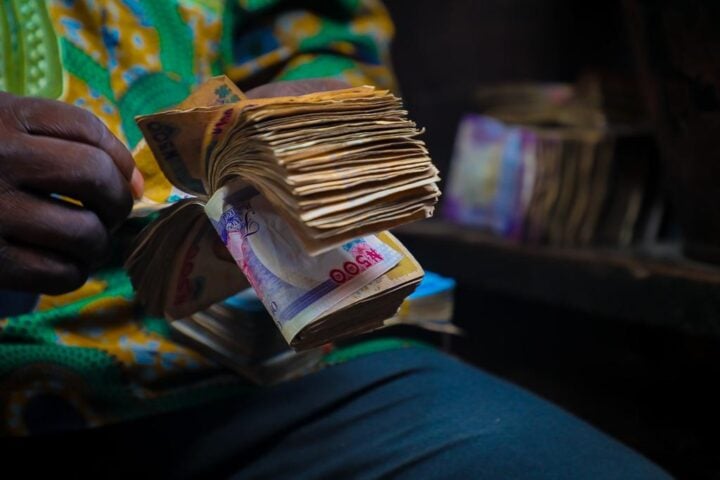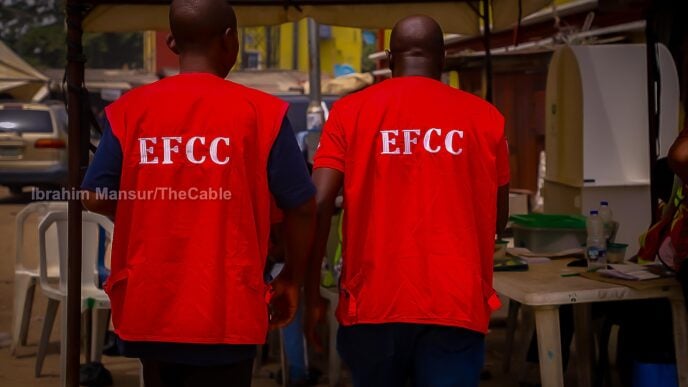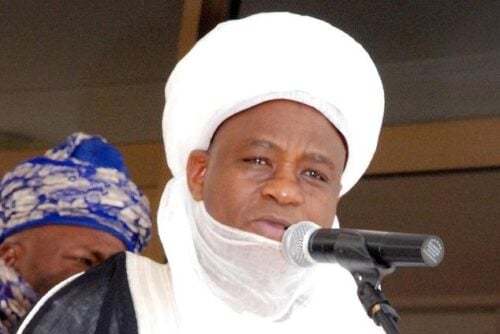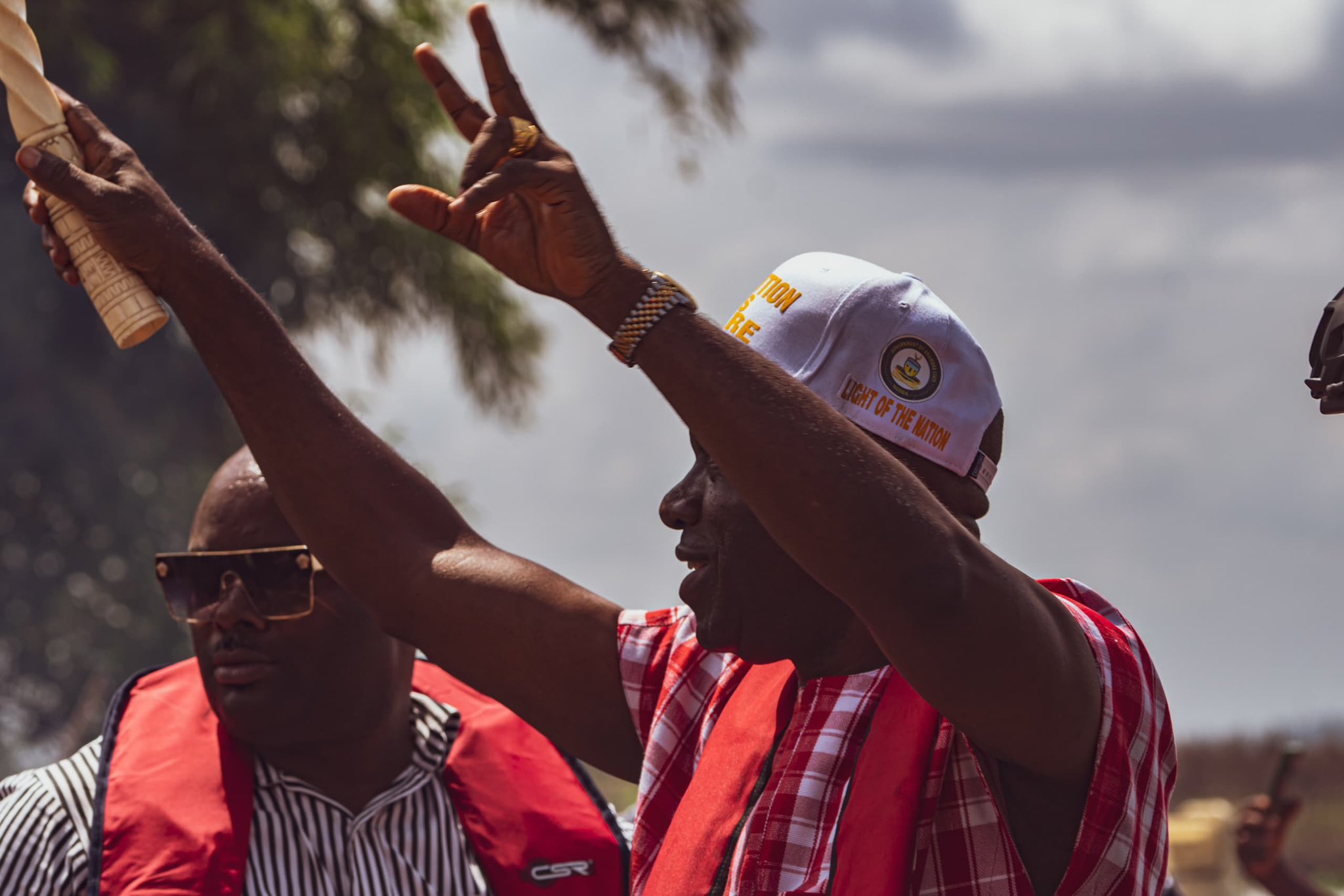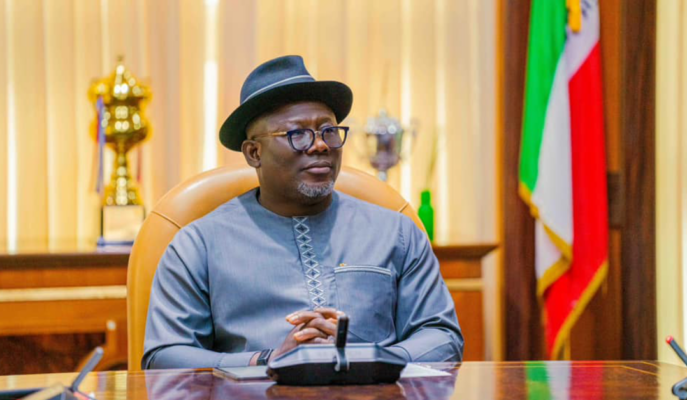A bundle of naira notes
BY ZUHUMNAN DAPEL
The naira, Nigeria’s currency, has bitten the dust. Once the dominant currency on the African continent, stronger in global purchasing than the US dollar and pars the British pound, the currency is no longer safe as its value is being attacked and disempowered on two fronts to a level not seen in more than half a century. Abroad, exchange rate depreciation is quickly diminishing its worth and at home, inflation is sweepingly destroying its power to buy goods and services. The combined impact of these discrete changes has significantly ravaged the welfare of millions of Nigerians, drifting the economy, yet again, to the brink of another recession – a period of intense economic hardship and a fertile terrain for breeding violence and crime in the land. Tracing the roots of these economic problems and how the naira can be liberated to restore faith in currency is what this article is about.
There is no question that Nigeria’s most alarming and biting twin economic indicators are the soaring inflation rate and the free fall of the international value of the naira (exchange rate), both contributing to the cost-of-living crisis. Inflation has escalated to roughly 34 percent as of May 2024 and the dollar to an all-time high: about N1,500 as of mid-June 2024. See the chart below – depicting the rapid decline of the naira in the immediate aftermath of two major policy errors.
First, the liberalisation of the naira-dollar market in June 2016 and in June 2023. Second, the removal of the petrol subsidy in May 2023 given that the price of petrol affects the price of other commodities that depend on it e.g., transportation, and production. According to ILO estimates, approximately 60 per cent of businesses in the country self-generate 59 percent of their total energy need, which is three times more expensive than from the public grid. Moreover, Nigerians spent $13 billion per year buying gasoline and diesel to power their generators, thereby constituting a huge dent in the nation’s foreign exchange and consequently balance of payments. Power shortages severely cripple businesses in the country, especially tech firms. The Manufacturing Association of Nigeria claimed that, within a decade, 820 manufacturing companies folded up or moved abroad in just a decade primarily due to poor power supply.
Advertisement
From the glory days to the dismal days
The power of the naira has fallen – it has dropped from being the beacon of African currencies to what many observers consider a currency racing towards zero purchasing power. Over four decades ago, around 26,000 naira could buy a house or an apartment in the United States of America. Today, the same amount is worth just about four cups of Starbucks coffee in America or seven sachets of Walker potato crisp in England. Also, as recently as 10 years ago, Nigerians buying foreign education services in the United Kingdom needed roughly N2 million naira to pay a tuition fee of £10,000. Currently, they will need about N15 million to pay the same school fees because inflation and exchange rates have badly wounded the currency.
Domestic incomes are not insulated. Adjusted for inflation and exchange rates, on average, a Nigeria professor now earns $35 per month, down from over $2,000 in November 2009, the last time the pay was raised. In local currency, their salary has sunk from N342k to N49k. In other words, within 175 months, inflation and worsening exchange rates have wiped out roughly N293k from the take-home pay of the high-earning academics. See the evidence below.
Advertisement
Had the government, the employer of labour, decided to fortify the income of the academics against inflation, there would have been, based on my calculations, an annual pay rise of 4.9 percent or a monthly pump-up of 0.4 percent because a professor would need N634k in 2024 to buy what 342k was buying in 2009.
The poor are not spared from the effects of the poor performance of the naira. “Inflation hurts the poor rather than the rich as the rich are better able to protect themselves against, or benefit from, the effects of inflation than are the poor.” The poor, the pensioners and public servants with incomes not indexed to price changes are always at the receiving end of food inflation because they spend over 70-90 percent of their incomes on food items.
Food inflation in Nigeria is higher than (and rising faster) the general inflation. I observed that all the states with the lowest food prices are in the north (Kano, Katsina, Gombe, Kebbi, Niger) and all the states with the highest food prices are in the south (Imo, Anambra, Rivers, Enugu, Bayelsa). The north ‘feeds’ the south. But ironically the north is not able to feed itself equally well because more than 25 million people (22 percent of the population) in the north are unable to spend roughly N200 (US$0.48) per day on food, compared to just 4 million (four percent of the population) in the south. This suggests that farmers in the north are not benefiting (or seeing their incomes rise) in tandem with rising food prices. Inflation is not transferring wealth from states that don’t produce food to states that do.
A strong currency does not guarantee happy days: Evidence from the Abacha days.
Advertisement
There is a widespread notion that a country’s economic performance is linked to the strength of its currency – that the stronger the currency, the better the welfare of the citizens of the country. While this claim may be true for many advanced economies, the Sani Abacha years (1993 – 1998) exemplify that this is not the case for Nigeria. During this period, the dollar was stable at roughly N22 for about half a decade in a row, nevertheless, within the same period, the country recorded its highest poverty rate in 60 years: 81 percent in 1996. Why?
The degree of openness – what economists use to measure the extent of economic relationships between nations – was lower in Nigeria during the reign of Abacha than at any time in the country’s history. This implies that there was no pressure – relative to when democracy returned in 1999 – on the dollar to pay for the imports of goods and services. At this juncture, it is important to note that in a liberalised forex market, if a country continuously spends its international income on foreign commodities than it earns from the rest of the world, it will set its local currency on the glide path of growing weak. This has been the Nigerian situation, especially since 1999. See the chart – the outflow of the dollar has been exceeding its inflow.
Moreover, the return of democracy expanded the size and the cost of running the government – raising total recurrent expenditure. The graph below paints the rise in government spending over the past 20 years, marking a period of massive cash infusion into the economic system in the post-military juntas.
The number of those on public payrolls and the corresponding salary and wage bills have risen sharply – from members of the national and state houses of assemblies, and their seasonal aides to additional agencies established to ‘improve’ governance. For the politicians, this has created unfettered access to the public treasury and consequently, avenues to shovel more cash into private pockets. The effect is seen in their purchases of foreign properties through proxies at a scale not seen during the pre-democracy regimes.
Advertisement
The foreign consumption effect induced by the increase in government spending plus the liberalisation of the forex market are deemed the biggest driving forces at the root of the collapse of the naira. Likewise, there was a substantial increase in salaries and pensions of public sector workers in the immediate aftermath of the Abacha era, thus, putting more cash in the hands of Nigerians. This is believed to have driven up the demand for foreign manufactured goods, especially cars.
Combatting inflation and stabilising the naira
Advertisement
In moments of economic distress, governments, via the central banks, often employ certain economic tools to deal with their nations’ economic problems.
When the United Kingdom was hit double with double-digit inflation for the first time in 40 years (11.1 percent in October 2022), the Bank of England was able to battle it down to two percent within the space of 45 months. The Bank raised interest rates to an all-time high. To raise interest rates is to increase the cost of money, to make money less available for people to spend and as a result, there will be too few monies chasing too few goods, leading to a fall in general prices. This has worked for the UK, but it is not working for Nigeria.
Advertisement
When Nigeria switched to double-digit inflation in 2015, the apex bank tried to tame it by raising interest rates, but the interest rates had a weak impact on inflation because, after nearly a decade of raising the rates, inflation is still rising. The most effective way is to complement the use of interest rates (monetary policy) with government finance (fiscal policy) – the government should lower its budget and borrowing by cutting wasteful spending, but it is difficult to do so in the run-up to general elections.
Finally, one of the long-term solutions to the falling exchange rate is to facelift four key industrial sectors in the country that will produce and supply local demands for food, clothing/footwear, building materials and pharmaceutical products because these commodities make up over 90 percent of household non-durable consumptions.
Advertisement
Dapel can be reached via Twitter: @dapelzg
Views expressed by contributors are strictly personal and not of TheCable.
Add a comment
